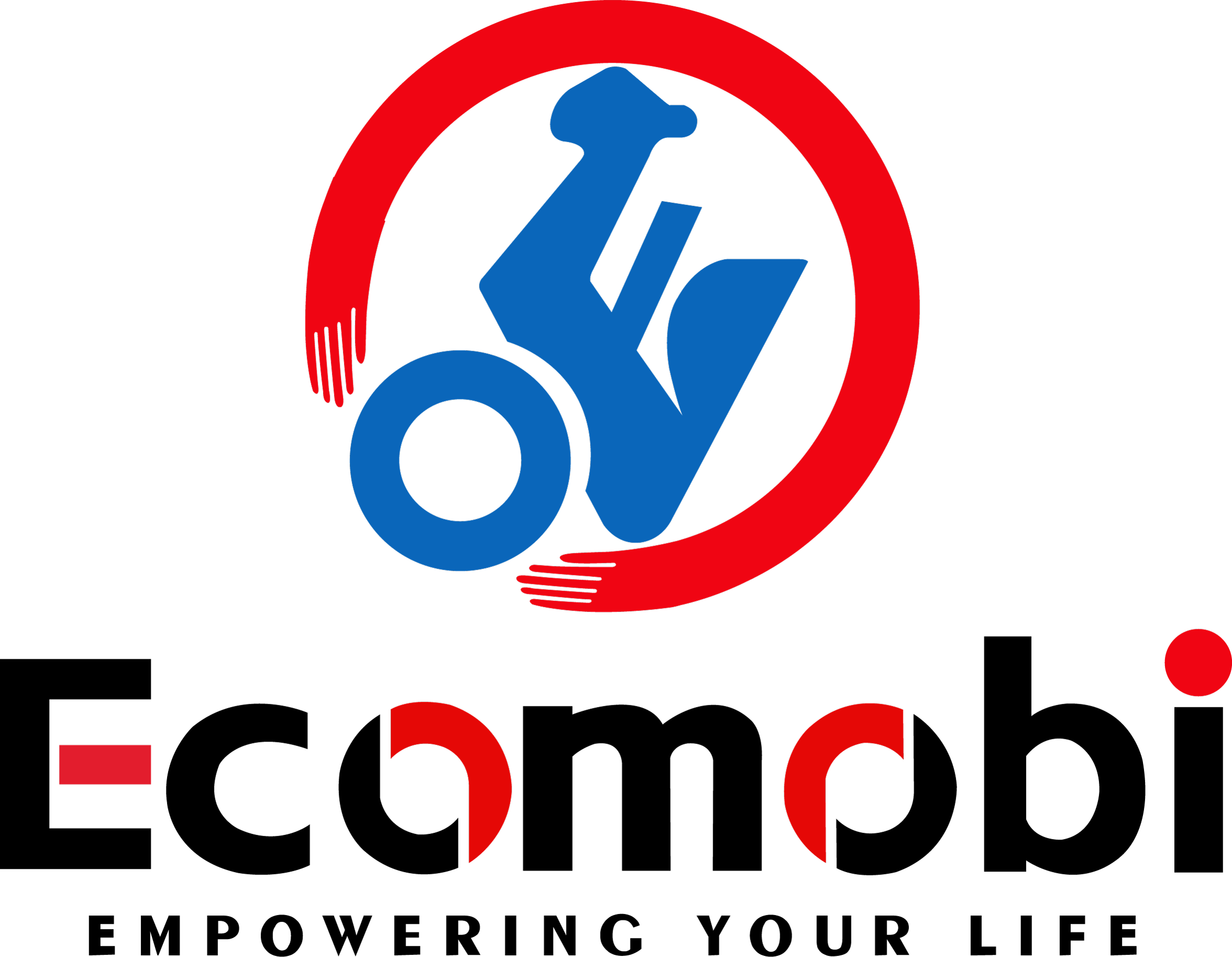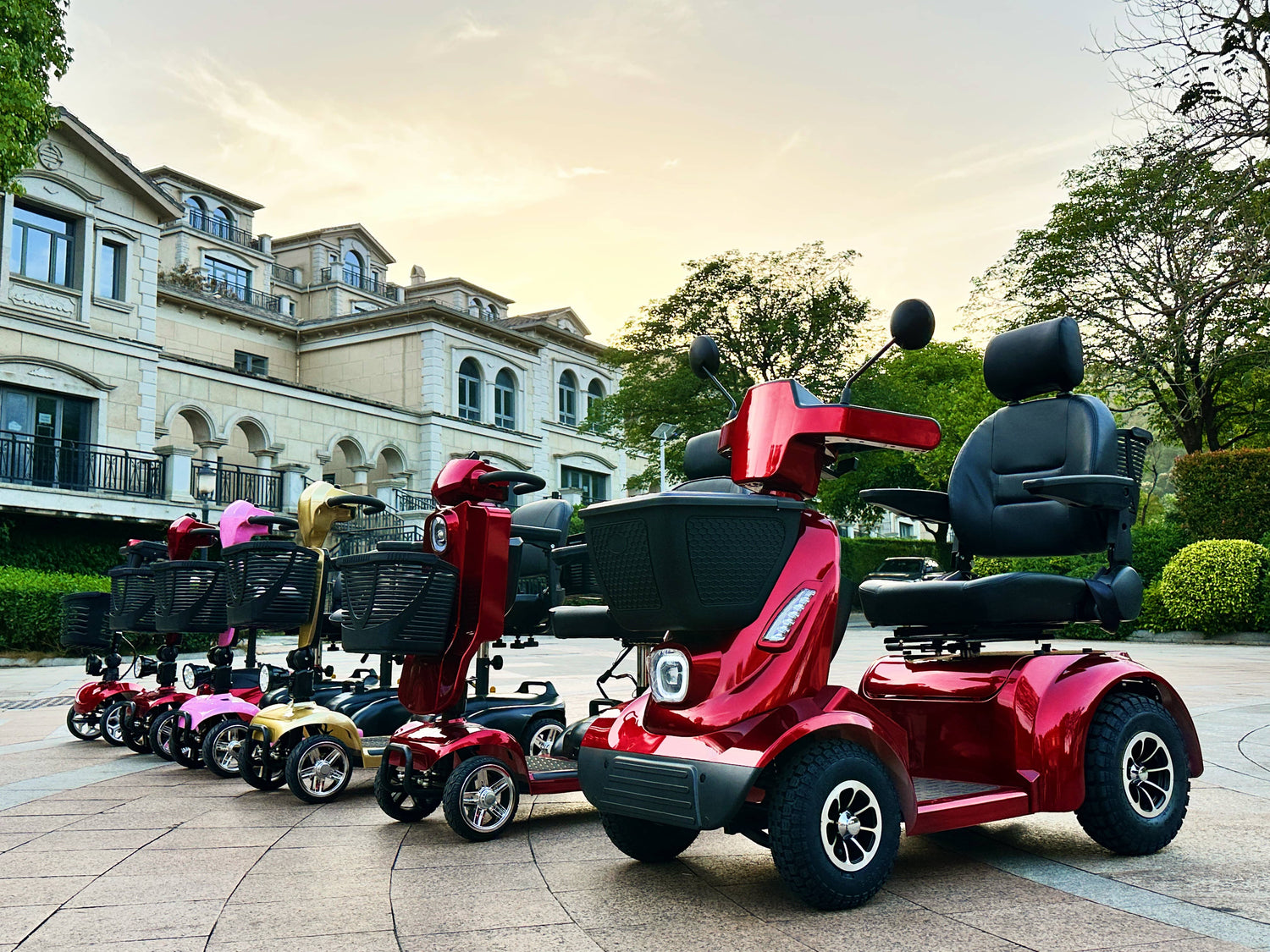Mobility scooters have become a popular choice for urban commuters, seniors, people with limited mobility, and eco-conscious travelers. However, they can range in price from $200 to $2,000. Understanding the factors that influence the price of an mobility scooter can help you choose the right model for your needs and budget. In this article, we'll explore the key factors that influence the cost of a mobility scooter.
1. Battery capacity and range
The battery is one of the most important cost drivers for a mobility scooter. Depending on the size of the battery, the range can range from 10-50+ miles. Batteries are expensive to manufacture, and larger battery capacities generally mean longer range, but also higher prices.
2. Motor power
Motor power (measured in watts) affects speed and the scooter's ability to climb hills or carry heavier riders. Low-power motors are adequate for flat terrain and lighter riders, but may struggle on steep hills. Mid-power motors are better at climbing hills and are more expensive. High-power motors (1000W+) are usually equipped with dual motors or a high-power single motor to handle a variety of harsh road conditions. More powerful motors require more robust components and more efficient cooling systems, so the price also increases accordingly.
3. Build quality and materials
The materials used for the frame, pedals, and components of the scooter have a huge impact on the price. Lightweight materials such as aluminum alloy or carbon fiber increase the cost of the scooter. These materials are more durable, stronger, and easier to transport. High-quality frames ensure that the scooter is more durable and performs better, which also explains why the price is higher.
4. Features and technology
Additional features can significantly increase the price of an mobility scooter. Common features include:
Suspension system: Basic scooters may not have a suspension system, while mid-to-high-end models are equipped with front suspension, rear suspension, or dual suspension systems for a smoother riding experience, which can increase the cost by $50 to $200.
Display and connectivity: LED displays, Bluetooth apps, or GPS tracking are common in high-priced models, which improve the user experience but also increase the cost.
Lighting and safety: Built-in LED lights, turn signals, or brake lights can improve safety, but can increase the price, especially in higher-end scooters.
Braking system: Basic scooters use mechanical brakes, while mid- to high-end models come with disc brakes or energy-regenerating brakes, which are more expensive to implement.
5. Brand reputation
Well-known brands often charge higher prices due to their reputation for reliability, customer support, and quality control. Cheap scooters from less well-known manufacturers are cheaper but may lack consistent quality or after-sales support. Premium brands offer warranties (1-2 years), better build quality, and readily available replacement parts, so the higher price is justified.
6. Tire and wheel size
The type and size of tires affect cost and performance. Higher-quality tires have better shock absorption and grip, which can improve safety and comfort, but require more expensive materials and manufacturing processes.
7. Portability and design
Scooters designed for portability, such as foldable models, are usually more expensive due to the engineering required for a compact and lightweight design.
Sturdy folding hinges and lightweight frames cost more, but are more convenient for commuters.
Why it matters: Compact, user-friendly designs require sophisticated engineering, which increases production costs.
8. Market dynamics
Both where you buy your scooter and the broader market can affect pricing. Prices can fluctuate during holiday sales (such as Black Friday) or clearance events. Changes in tariffs can also affect prices.
9. Compliance
Scooters that meet specific safety or legal standards (such as UL certification for batteries) may cost more due to the additional testing and quality assurance required.
Conclusion
The price of a mobility scooter is affected by a variety of factors, including battery capacity, motor power, build quality, features, brand, and market factors. By understanding these factors, you can prioritize what matters most (whether it's range, speed, or portability) and find a scooter that fits your budget and lifestyle.





Leave a comment
This site is protected by hCaptcha and the hCaptcha Privacy Policy and Terms of Service apply.